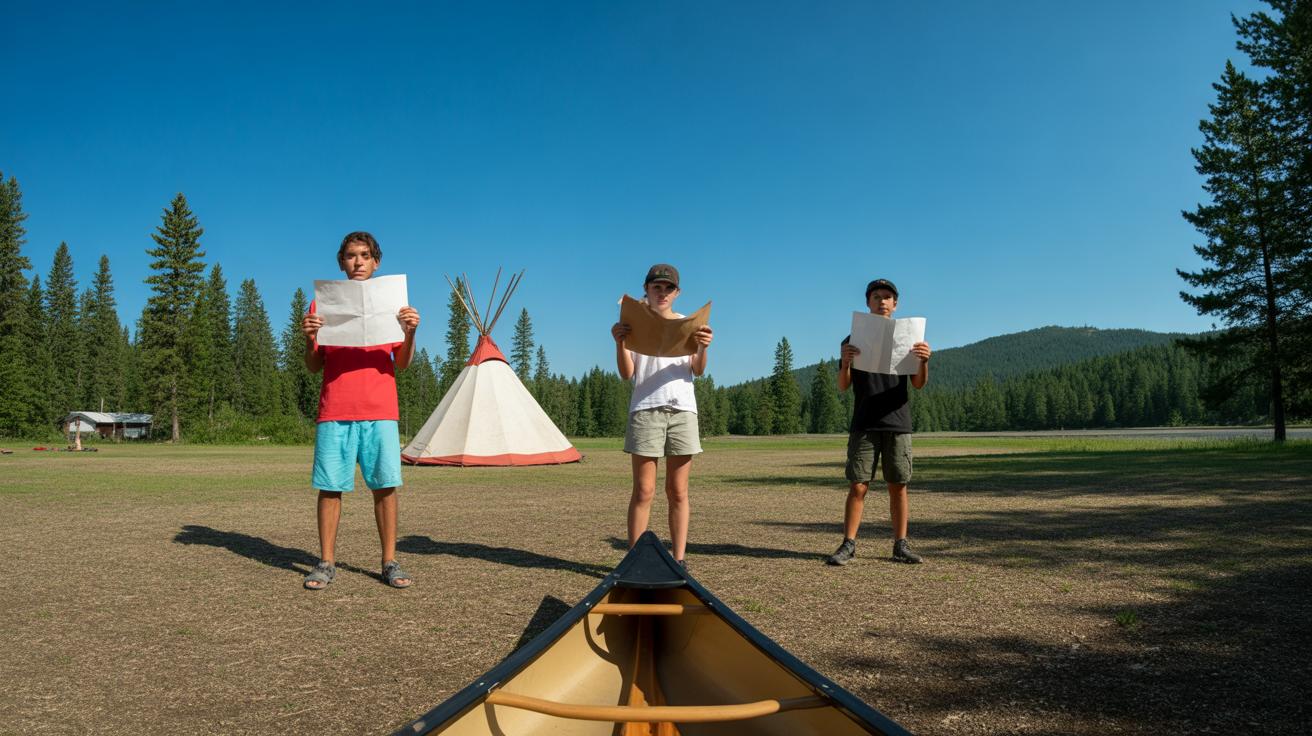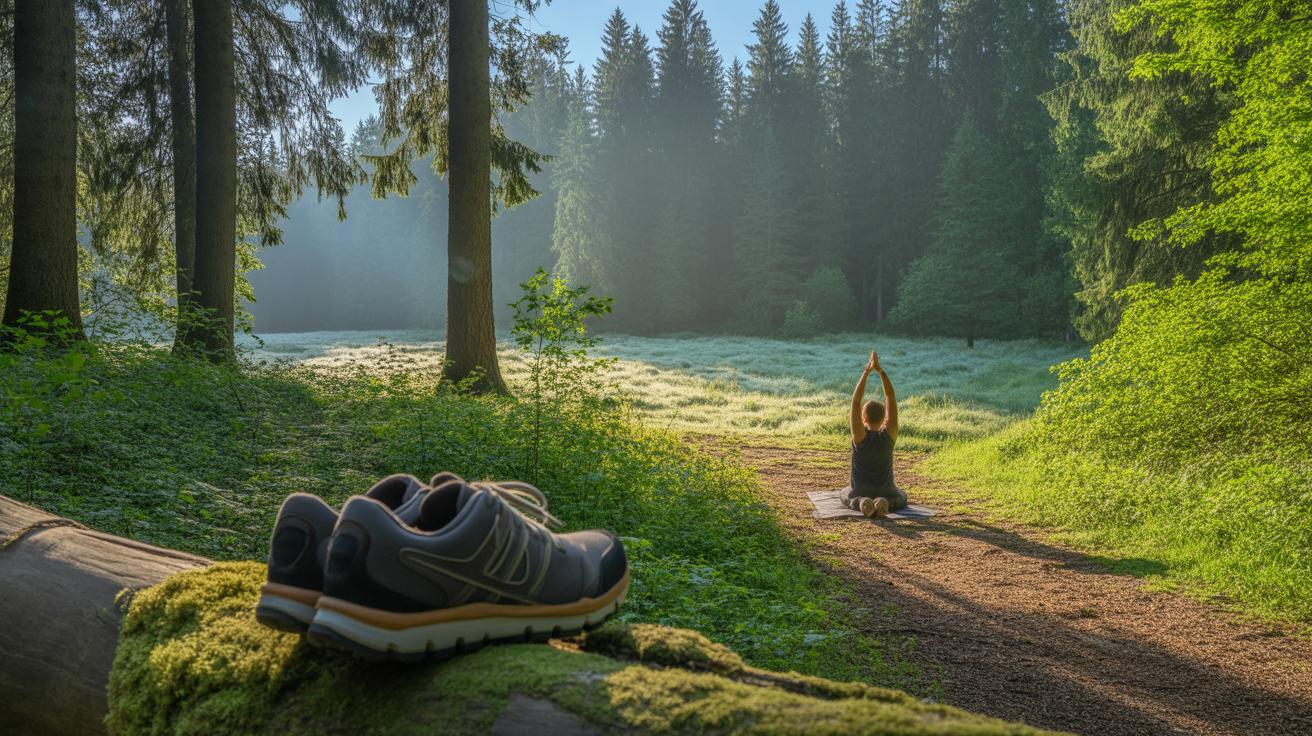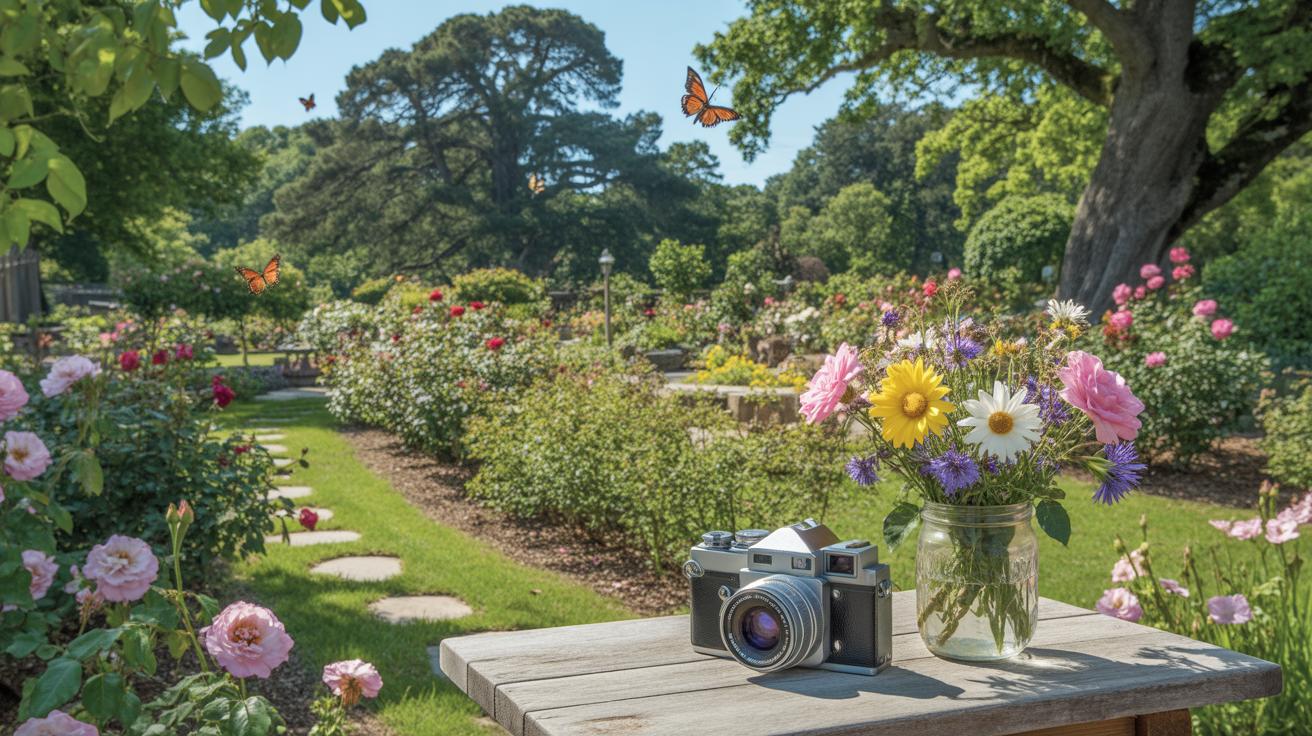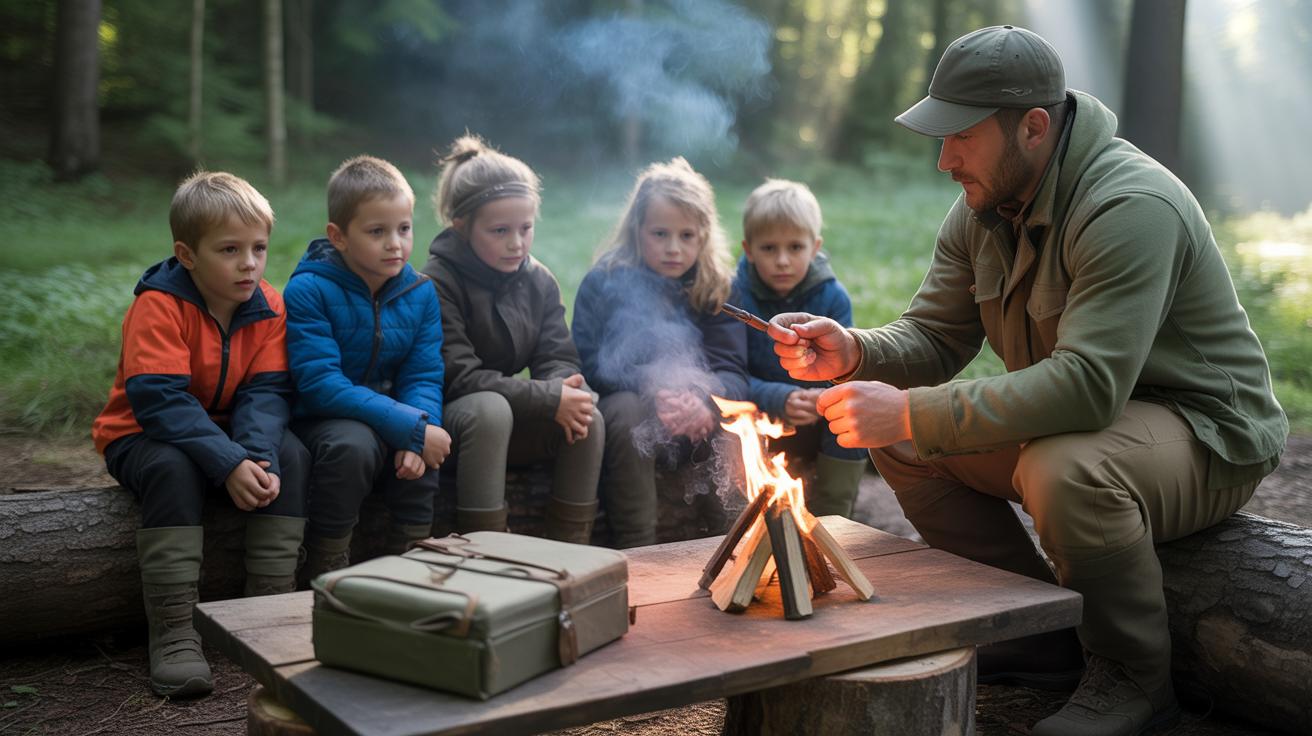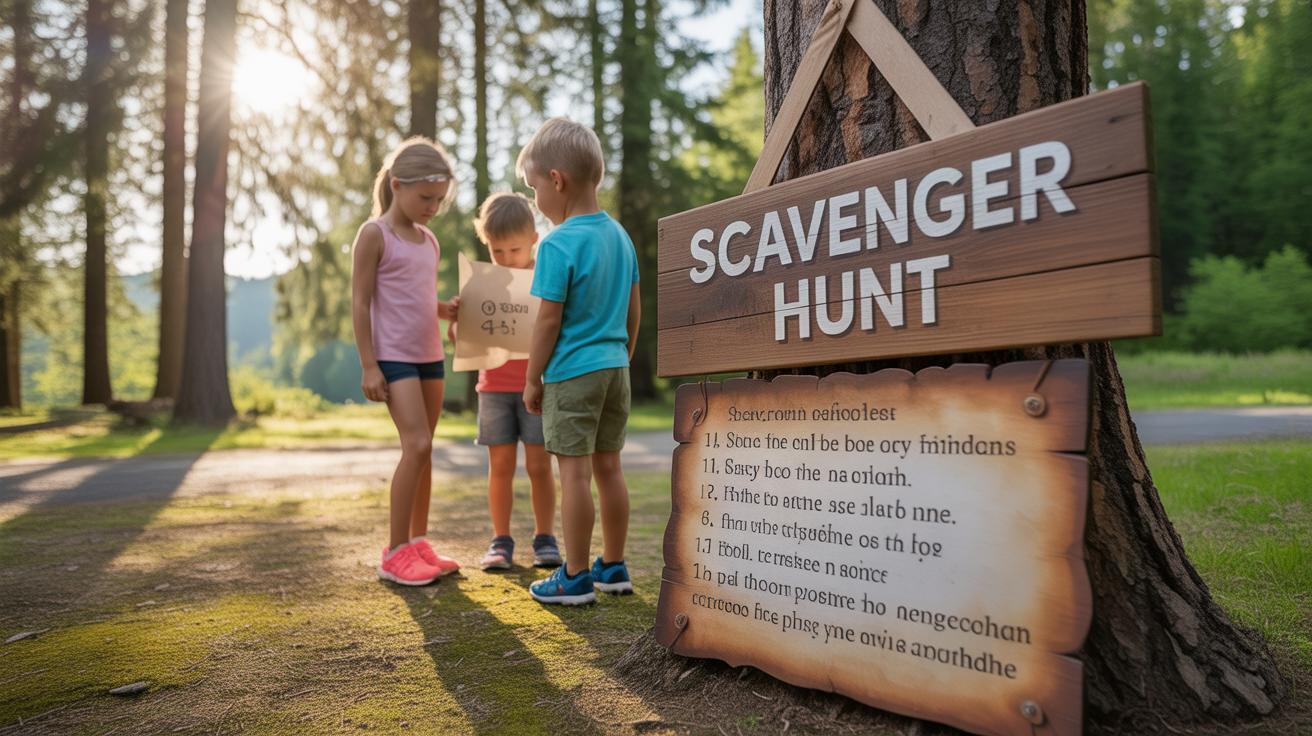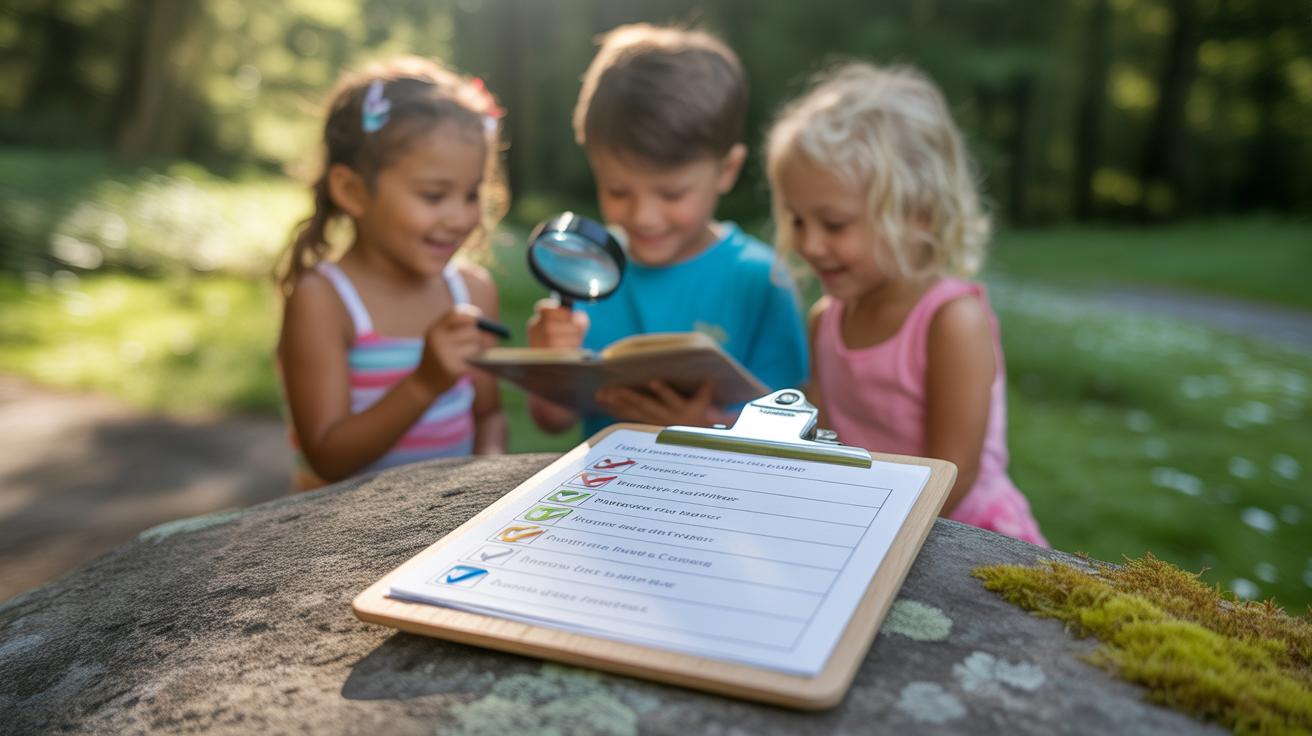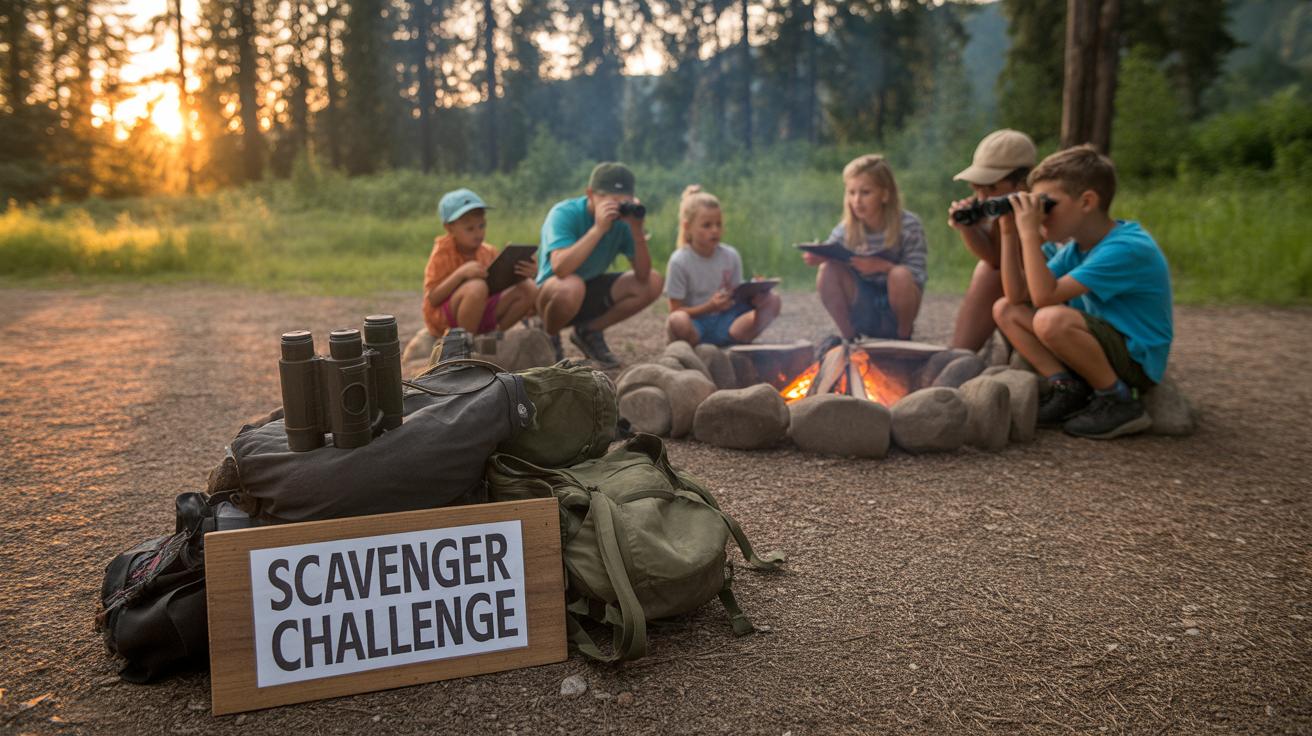Introduction
Creative Scavenger Missions are great summer camp activities that keep children interested and active. These activities are a mix of adventure, problem-solving, and teamwork that help campers explore their surroundings. The missions encourage kids to think and move while having fun. They also build skills like observation and cooperation.
In this article, you will learn how creative scavenger missions can enhance your summer camp experience. From planning to execution, we cover important aspects of these activities. You will also find tips to make the missions exciting and engaging for all campers.
Understanding the Value of Scavenger Missions
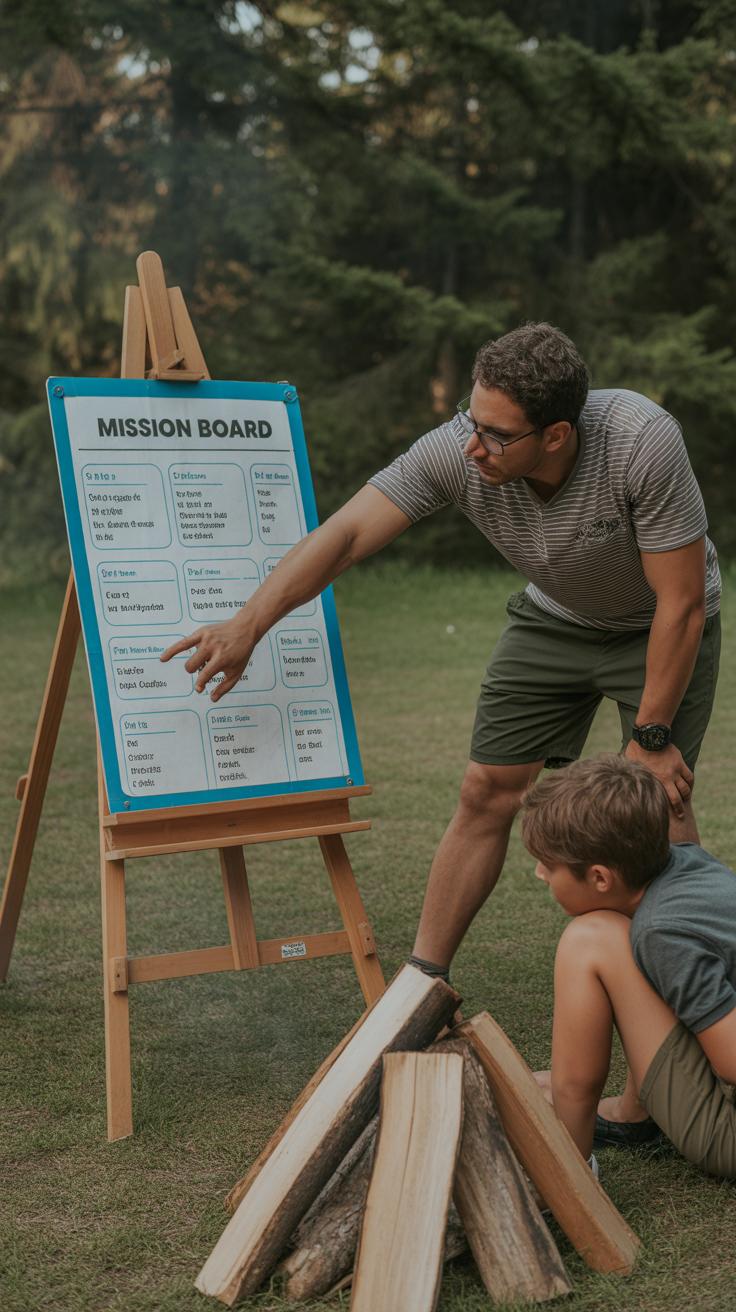
Scavenger missions at summer camps do more than just fill time—they get kids moving, thinking, and talking. They naturally encourage physical activity as children roam the campgrounds, climbing, running, or carefully creeping to find hidden clues. This gets energy out in a way that feels less like exercise and more like play.
Social interaction comes into play too. These missions often require children to work in pairs or groups, which means they practice negotiating roles, sharing ideas, and sometimes resolving small disagreements. I’ve noticed kids who might usually keep to themselves suddenly start opening up when searching together.
And there’s a mental workout here as well. Scavenger missions challenge campers to observe details they might otherwise miss, think critically about clues, and make decisions quickly. This combination helps develop cognitive skills that benefit them far beyond camp.
What Campers Gain from Scavenger Missions
When kids participate in scavenger missions, they don’t just gather objects or answers—they pick up skills. Teamwork often leads the list, as working alongside others pushes campers to communicate and collaborate.
Observation skills sharpen too. Campers learn to notice small details: a bird’s feather, a oddly shaped rock, or a specific word hidden in the environment. This kind of attention to detail can improve their focus in other situations.
Decision-making naturally comes into play. Should they split up and cover more ground or stick together for safety? Which clue seems most important? These choices help kids weigh options and outcomes in real time.
Connecting Missions to Camp Goals
Creative scavenger missions often fit right into what summer camps aim to achieve, blending learning with fun. Camps usually want to encourage kids to explore and connect with nature, and scavenger missions do just that—prompting curiosity and discovery.
They also support social goals, like building friendships and community among campers. Watching a group figure out a tricky puzzle or celebrate a find together aligns perfectly with the camp’s recreational purpose.
Plus, camps aim to challenge kids mentally, and these missions provide that through puzzles, clues, and problem-solving. So, while it might look like simple fun, scavenger missions serve a bigger role in helping camps meet their educational and social objectives.
Planning Your Scavenger Missions
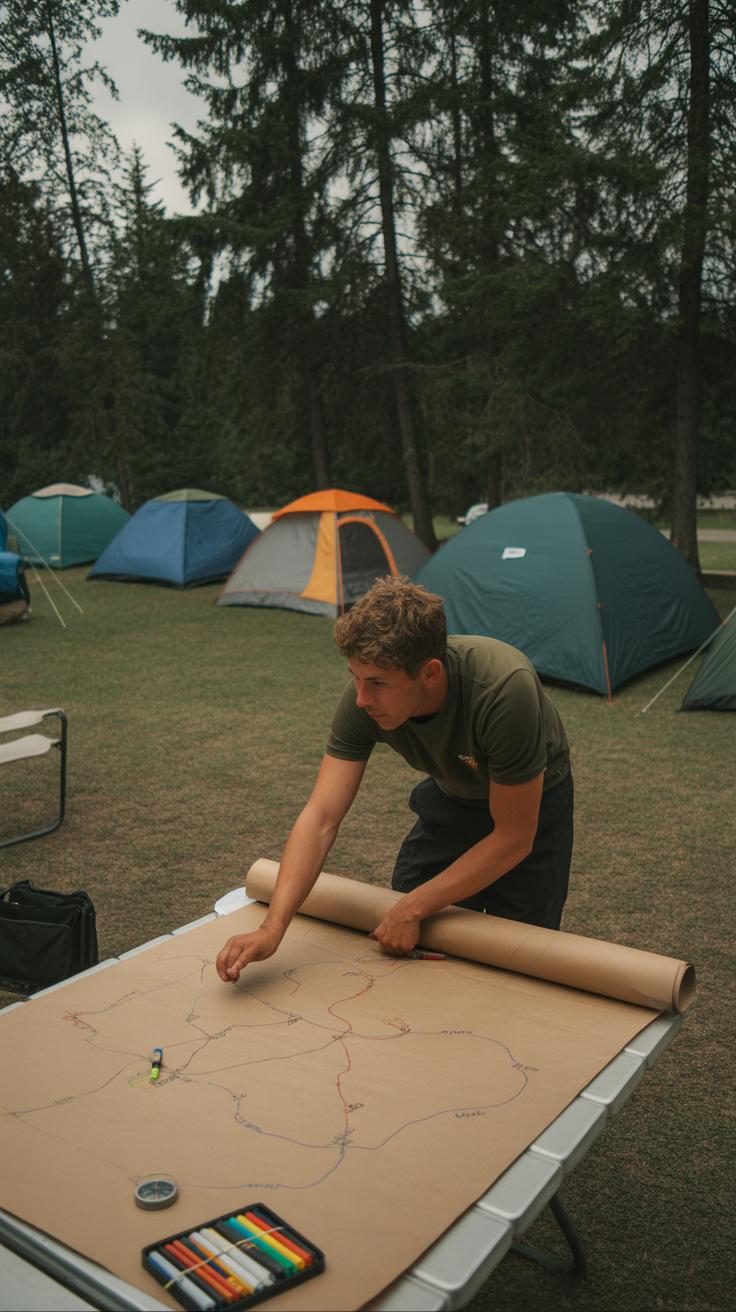
Designing scavenger missions for summer camp isn’t just about making a list of random items. You want to think carefully about who’s playing and what fits your camp’s theme. For younger kids, choose spots that are safe and easy to explore—maybe near the cabins or around the playground. Older kids can handle a wider area, like the woods or a nearby field, where you can hide clues that make them think a bit harder.
When setting objectives, ask yourself: What do you want the kids to get from this? Are you focusing on teamwork, problem-solving, or just plain fun? Tailoring the mission to fit the theme keeps everyone engaged—if your camp has a nature focus, include plants or animals in the clues; for a history theme, look for landmarks or old structures onsite.
Choosing Age-Appropriate Challenges
Not all scavenger tasks work for every age. For preschoolers, keep challenges simple—finding a red leaf or spotting a bird in a tree. For older kids, increase difficulty by asking for specific types of insects or solving riddles leading to the next clue. A task that’s too easy leads to boredom; too hard causes frustration. Striking that balance means paying attention to your group’s skills and, honestly, their mood on the day.
Sometimes what feels challenging isn’t just the task itself, but how it’s presented. Visual clues, short rhymes, or interactive tasks like assembling puzzle pieces can keep older kids interested while not overwhelming youngsters. It’s okay to mix in easier tasks with tougher ones to maintain a good pace.
Incorporating Educational Themes
Integrating education into scavenger missions doesn’t have to feel forced. If your camp revolves around science, clues might include identifying different types of rocks or measuring tree heights. For history-themed missions, you could craft clues around stories of the local area or artifacts campers might find around the site. This adds layers to the activity, making it more meaningful.
Nature-based themes work well because kids see, touch, and experience what they’re learning about. You might ask them to collect leaf samples, find nests, or guess animal tracks. These tangible tasks stick better than just reading facts. Plus, it’s fun to watch kids’ curiosity spark when they discover something new on their own—sometimes it’s a surprise even to the counselors.
Tools and Materials for Fun Missions
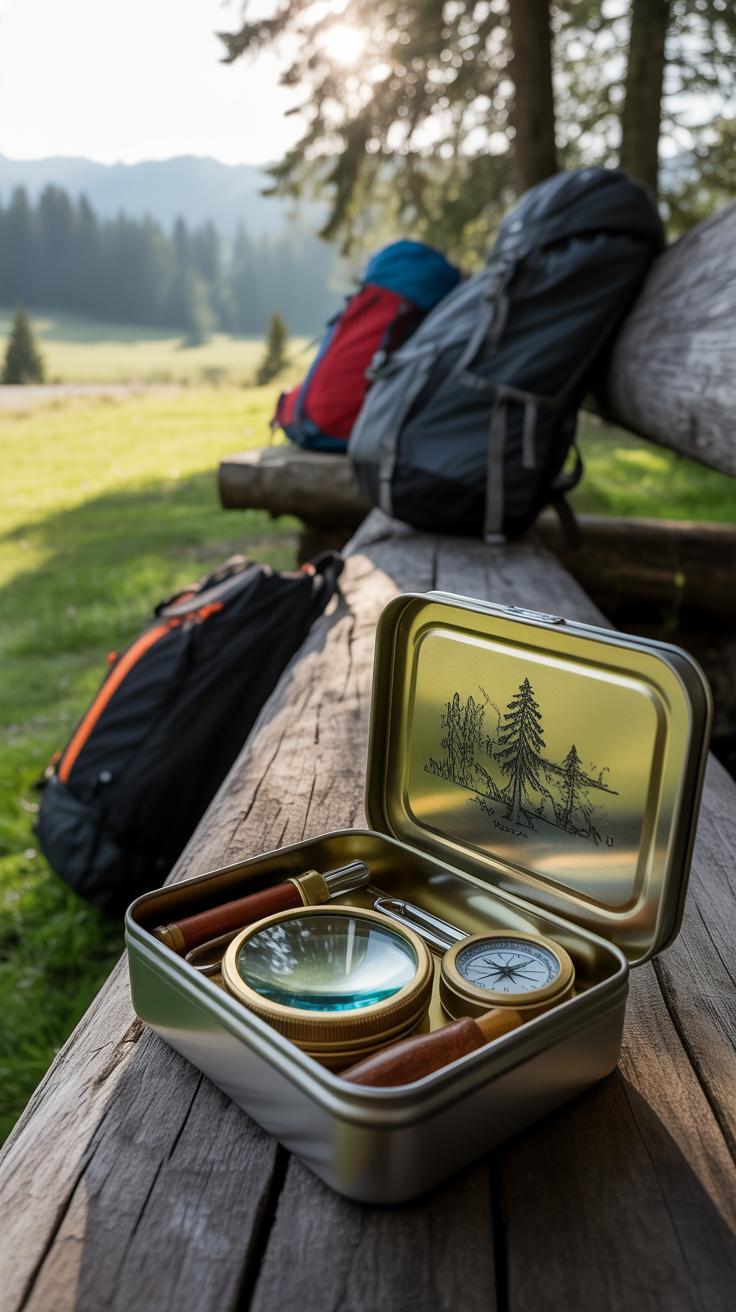
Setting up scavenger missions requires some practical tools and materials that keep the kids safe and engaged. You’ll want to have clipboards or sturdy boards for writing or attaching clues, plus pencils or washable markers. Those small details might seem minor, but trust me, running around without a proper writing surface turns the experience frustrating pretty fast.
Another handy item is a small first aid kit, tucked away but easily reached when needed. It’s often overlooked, but when a minor scrape happens, you’ll be grateful it’s at hand. In terms of engagement, using laminated clue cards or weather-resistant paper prevents soggy messes if a sudden rain hits or spills occur.
For the campers themselves, think about clothing and gear that help them move and explore comfortably. Lightweight layers work best—sun hats, comfortable shoes with good grip, and even a small backpack can make a big difference. It’s ironic sometimes; kids can be enthusiastic explorers but may ignore their own comfort until they’re thoroughly tired or irritated.
When it comes to clues and maps, creativity really sets the tone. Try mixing simple riddles with visual icons or even photos. That way, kids who read well and others who rely more on visuals both get involved. Maps can be hand-drawn or printed. Including landmarks that campers actually see will make navigation clearer. Oddly enough, too much detail might confuse younger ones. Somewhere in the middle seems best.
Have you noticed how sometimes a vague hint sparks more discussion and teamwork than a straightforward message? Experimenting with different clue styles keeps the mission fresh and lets you gauge what works best for your group. And, hey, everyone loves the moment when a map’s ‘X’ actually leads somewhere real—those little wins stick with campers for days.
Setting Clear Rules and Safety Measures
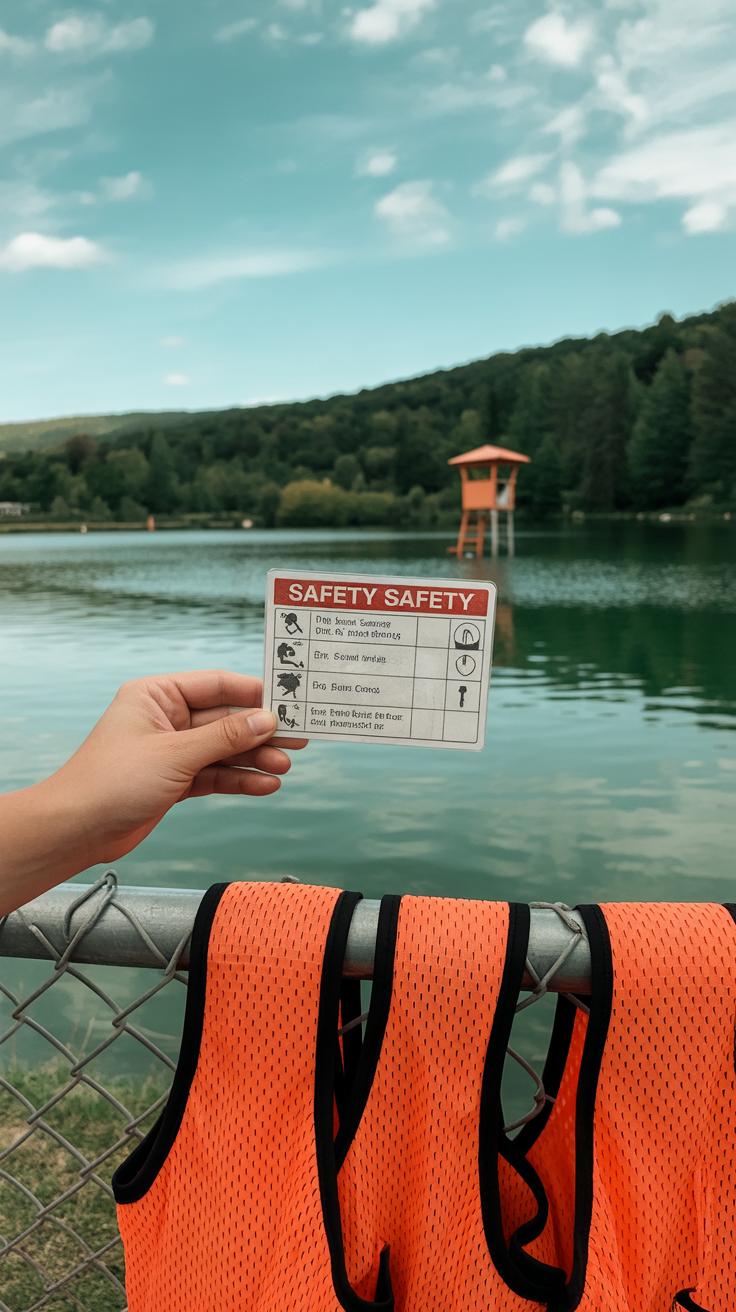
When setting rules for scavenger missions at summer camp, clarity is key. You want everyone to understand what’s allowed and what’s off-limits, right from the start. Safety isn’t just about keeping campers physically unharmed; it’s also about ensuring the game feels fair and fun for all.
Some basic rules can include staying within designated boundaries, not climbing unsafe structures, and always working in pairs or small teams. You might want to explain why these rules matter—sometimes kids are more willing to follow guidelines if they see the reason behind them. For example, letting a camper know that staying within the marked area keeps them from getting lost works better than just saying “don’t go beyond the line.”
Fair play is just as crucial. Encourage honesty in reporting finds and respecting the time limits. Setting consequences for rule-breaking is necessary, though it helps to keep them reasonable and consistent. The goal is to have everyone enjoy the activity without conflict or confusion.
Safety Guidelines for Outdoor Activities
Outdoor settings always carry some risks, even when nobody expects trouble. Before sending kids off for a scavenger mission, establish a few safety basics. Remind campers to watch their step, avoid touching unknown plants, and keep hydrated. It sounds obvious, but in the excitement, these small things can easily get forgotten.
Equip leaders with first aid kits and radios for quick communication. Wherever possible, choose areas that don’t have hidden hazards like steep drop-offs or thick underbrush. I recall once when a group ventured a bit too close to a creek—it could have been dangerous if not closely supervised. Having clear meeting points and regular check-ins can prevent that kind of situation.
Also, check the weather ahead and prepare accordingly. On hot days, insist on sunscreen and hats; on cooler or wet days, ensure campers wear appropriate layers. Even small details like this can make or break the experience.
Encouraging Respect and Teamwork
Rules aren’t just about restrictions—they can shape how campers treat each other and the environment. You might notice that when respect is encouraged, kids naturally become more cooperative and caring. Point out that the natural world isn’t a backdrop for the game, but part of what makes the scavenger mission special.
Set expectations that no one should disturb plant life or wildlife, and remind teams to share discoveries and help each other. Emphasizing teamwork helps diffuse competition and can even improve problem-solving during the mission.
Occasionally, kids may feel frustrated or impatient. Encouraging open communication within teams and with leaders helps manage those moments. It’s perhaps a small thing, but it contributes to a kinder, more respectful camp culture. After all, the goal is more than just finding items—it’s about learning to work and play together.
Running the Scavenger Mission
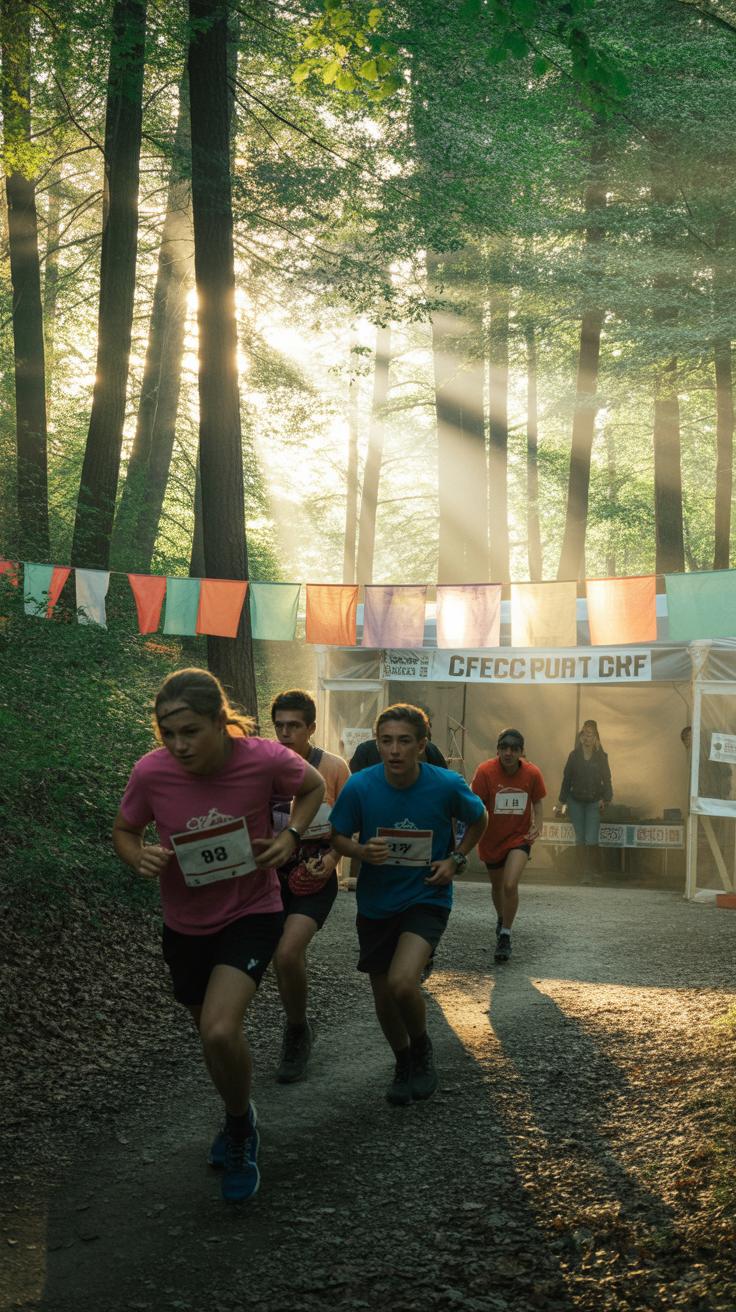
Starting the Mission with Clear Instructions
Before the scavenger mission kicks off, gathering everyone and setting a clear picture of what’s expected makes a big difference. I usually find it helps to keep instructions simple but detailed enough, so kids know exactly what they need to do without feeling overwhelmed.
Try breaking down the rules and objectives into bite-sized points. For example:
- Explain what the main goal is — what they’re searching for and why.
- Go over any boundaries, like which areas are off-limits or how long they have.
- Clarify how to handle found items — should they bring them back, take photos, or just mark the spot?
- Remind them about teamwork, fairness, and staying safe.
It’s okay to throw in a question or two, like “What should you do if you can’t find an item?” to check understanding. Watching their faces light up when they fully get the challenge is quite rewarding. Sometimes a quick demo or example clue helps make the whole mission feel more tangible — giving campers that little spark of excitement before they set off.
Guiding and Supporting Campers During the Activity
Once groups are on their way, it’s tempting to jump in and solve puzzles for them, but holding back is usually better. Instead, I find it useful to quietly observe and offer nudges without spoiling the fun. A subtle hint, like a question that makes them rethink their approach, can encourage campers to collaborate more deeply.
You might walk alongside a group but let them lead the discussion. Or casually ask, “Have you checked near the big tree yet?” which can reorient without giving away answers directly. It’s a delicate balance — you want them to feel supported, not managed.
Sometimes campers get stuck or frustrated. At those moments, a gentle reminder to double-check clues or think creatively helps more than a solution handed out. If a group is racing ahead, try encouraging the others to keep up the pace while still enjoying the process. These subtle shifts in your role can make all the difference to how campers engage with the mission.
Engaging Different Types of Campers
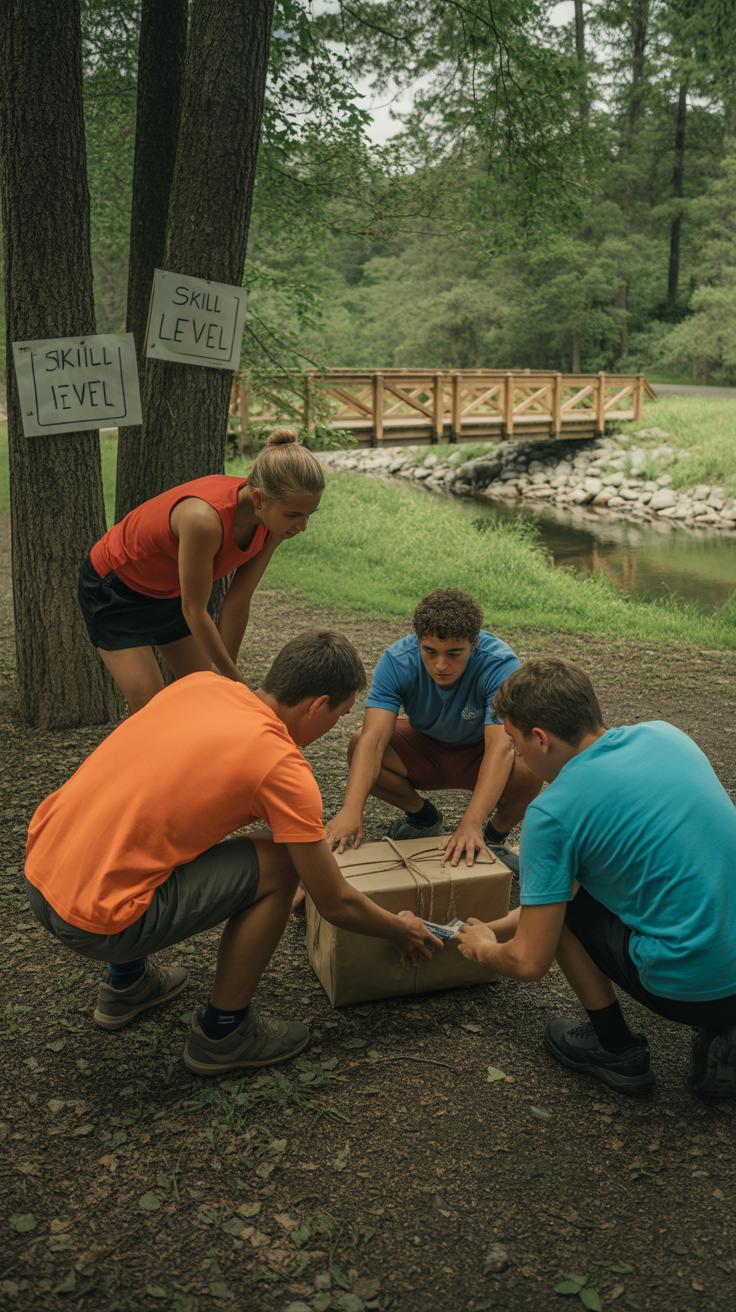
Adapting Tasks for Various Abilities
Not every camper moves or interacts the same way. That’s just a fact. Some need more physical support or easier tasks, while others might find social challenges tricky. To make scavenger missions truly inclusive, tweak the challenges. For example, instead of a long-distance search, offer nearby clues for campers with limited mobility. Or when a task involves team interaction, create moments where quieter kids can contribute without speaking up too much—like drawing or matching clues.
Sometimes, simple adjustments work best:
– Use visual aids for campers with processing difficulties.
– Offer single-step tasks instead of complicated multi-step ones.
– Pair campers thoughtfully, balancing strengths and needs.
One summer, I saw a camper wheel herself around the camp, determined but exhausted. We gave her a clipboard and asked her to be the clue recorder, letting her lead in her own way.
Encouraging Participation Across Personalities
Getting every kid on board isn’t always straightforward. Energetic ones jump right in, but shy campers might hang back. You can’t just say “join now.” It’s better to let them choose roles that fit their comfort zones first. Maybe a shy camper prefers organizing clues rather than running around. A hyperactive child might need a bit more space to explore or move without feeling constrained.
Some tips that help:
– Start with low-pressure group introductions.
– Celebrate small wins to build confidence.
– Use positive encouragement, but not in a way that singles anyone out awkwardly.
– Mix up groups so campers meet new friends, but also respect their preference for familiar faces.
The biggest surprise? Sometimes energetic kids enjoy slower tasks, and shy campers reveal hidden bursts of energy when trusted with responsibility. So, keep trying different angles—you’ll find what works.
Using Technology to Enhance Missions
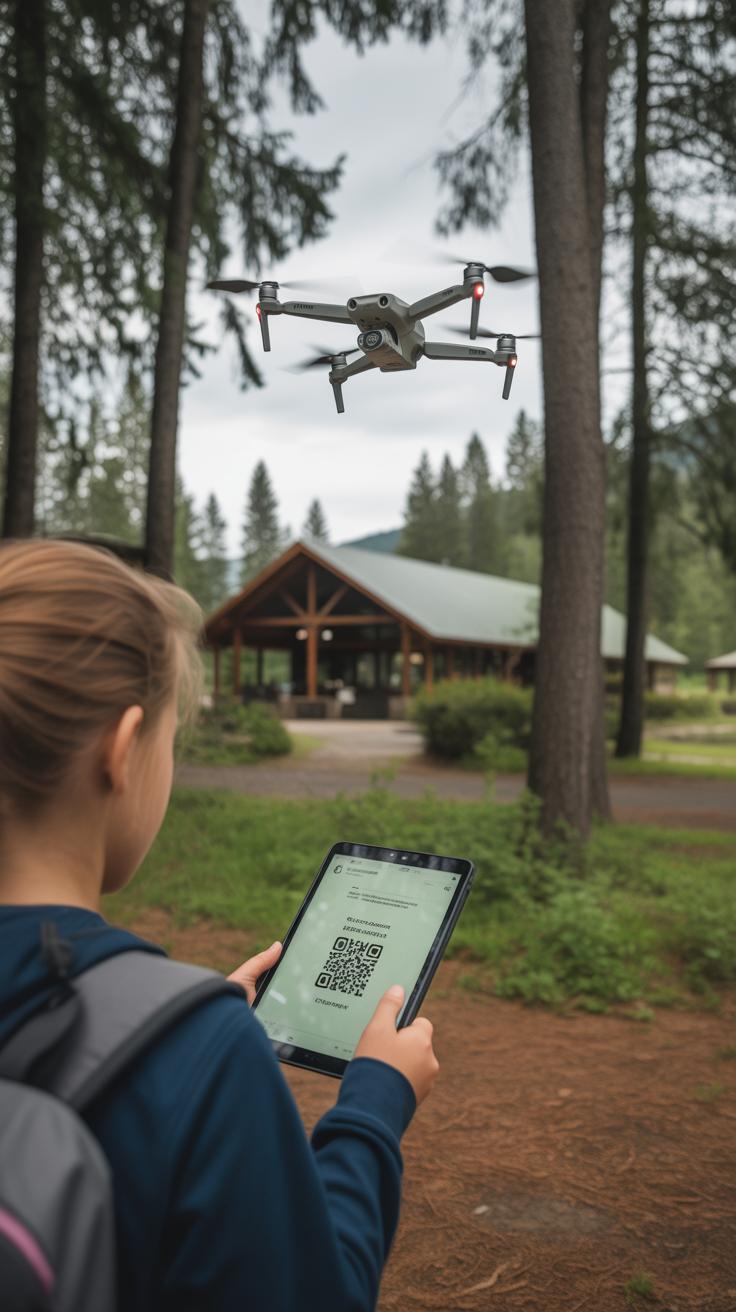
There’s no denying that technology can change how scavenger missions play out at camp. Think about handing campers GPS devices or guiding them with smartphone apps—these tools can turn simple hunts into interactive quests. With GPS, you could set coordinates for hidden clues, making the search more like following a treasure map. Apps can offer hints, timers, or photo challenges while keeping everyone connected.
But it’s a bit of a balancing act, isn’t it? You want to engage kids with tech, not distract them from the environment around them. When used thoughtfully, technology can deepen curiosity without pulling attention away from the real-world adventure.
Benefits of Tech in Scavenger Missions
Using gadgets in missions does more than just modernize the activity. It draws in campers who might get bored with traditional clues, adds variety, and can even boost teamwork. For example, a group might need to work together to decode a digital riddle or collaborate using app features to report findings.
Also, tech can introduce learning naturally. GPS teaches basic navigation. Apps might prompt campers to observe nature more closely or solve puzzles. The catch? Equipment needs to be simple, or campers risk getting frustrated or distracted. Still, in the right balance, technology can create moments of surprise and discovery, keeping kids curious and involved without overwhelming them.
Simple Tech Tools to Use at Camp
You’re probably wondering which tools fit best at camp—simple and practical is key.
- GPS devices: Basic handheld units are easy to operate, especially for older kids, letting them track locations or mark found items in real time.
- Smartphone apps: Look for scavenger hunt or geo-tagging apps designed for groups. Some offer image uploads, clue timers, or interactive maps.
- Walkie-talkies: Though low-tech, they help keep communication open between teams across the grounds.
- Tablets or cameras: Encouraging campers to document finds with photos can add an extra layer of engagement and allow sharing stories after missions.
The key is picking what matches your camp’s resources and camper age groups. Often, it’s not about the fanciest tools but how creatively you use them to lift the traditional scavenger hunt experience.
Evaluating the Success of Your Scavenger Missions
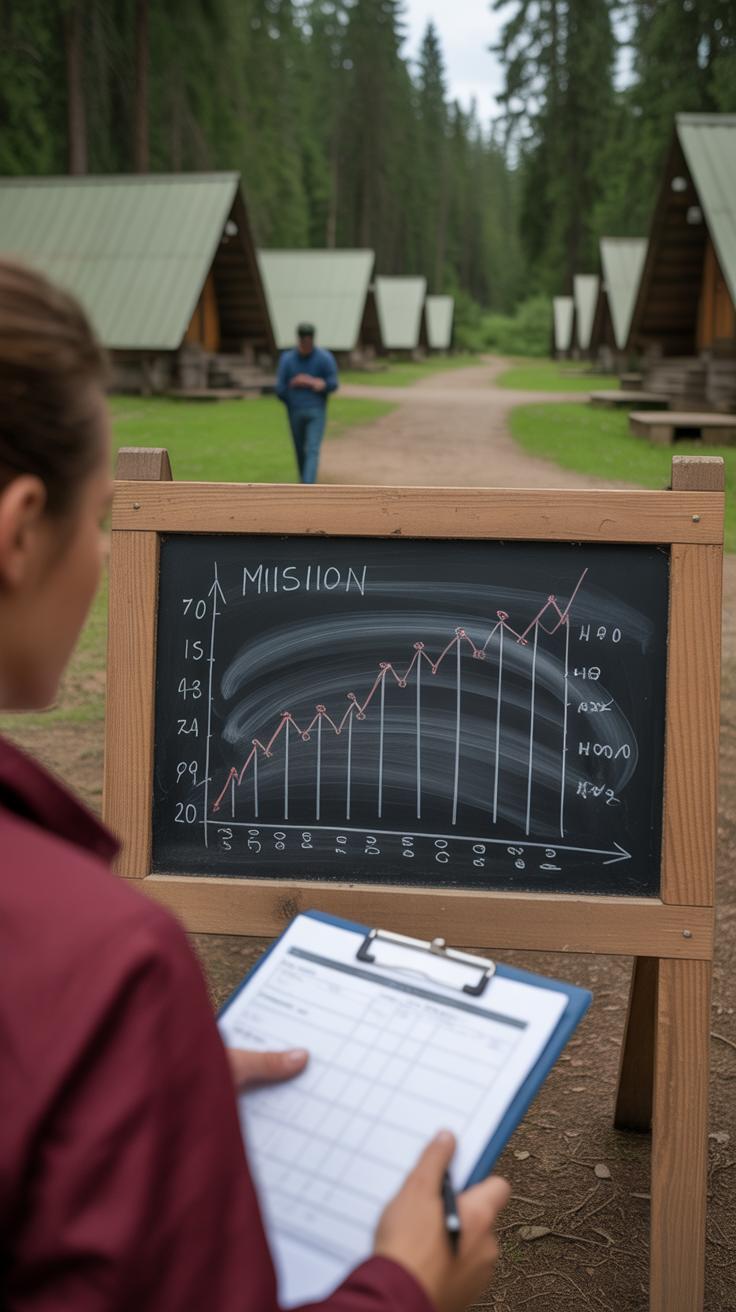
Figuring out if your scavenger missions hit the mark isn’t always straightforward. You might think that if kids seem excited and run around, it worked. But there’s more to it, and you want to be sure those missions actually met their goals, beyond just the obvious energy.
One way is to gather feedback directly from both campers and counselors. You could try quick, informal chats right after the activity—sometimes campers say more when they’re still buzzing with the experience. For counselors, a brief group discussion or a written reflection can reveal whether the mission was easy to manage, engaging, or if any hiccups occurred.
When you collect feedback, consider asking questions like:
- What was the most fun or frustrating part?
- Did you feel challenged or confused at any point?
- How well did the mission encourage teamwork or problem-solving?
Sometimes, younger kids can be vague or just say “I liked it,” so pairing their thoughts with counselors’ observations helps create a clearer picture. An idea might be to keep things playful—maybe a simple smiley face scale or quick drawing to capture how they felt.
Measuring learning and fun can be subtle. You might notice if campers picked up new skills—like map reading or clue decoding—by seeing how they use those skills in later activities. Or, look for moments of laughter, excitement, or those “aha” moments during the mission. It’s not just about correct answers but the process.
In the end, always leave room for a bit of guesswork. Not everything is measurable, and sometimes a mission that seemed off-track could spark something unexpected. That unpredictability can be part of the charm.
Extending Scavenger Missions Beyond Camp
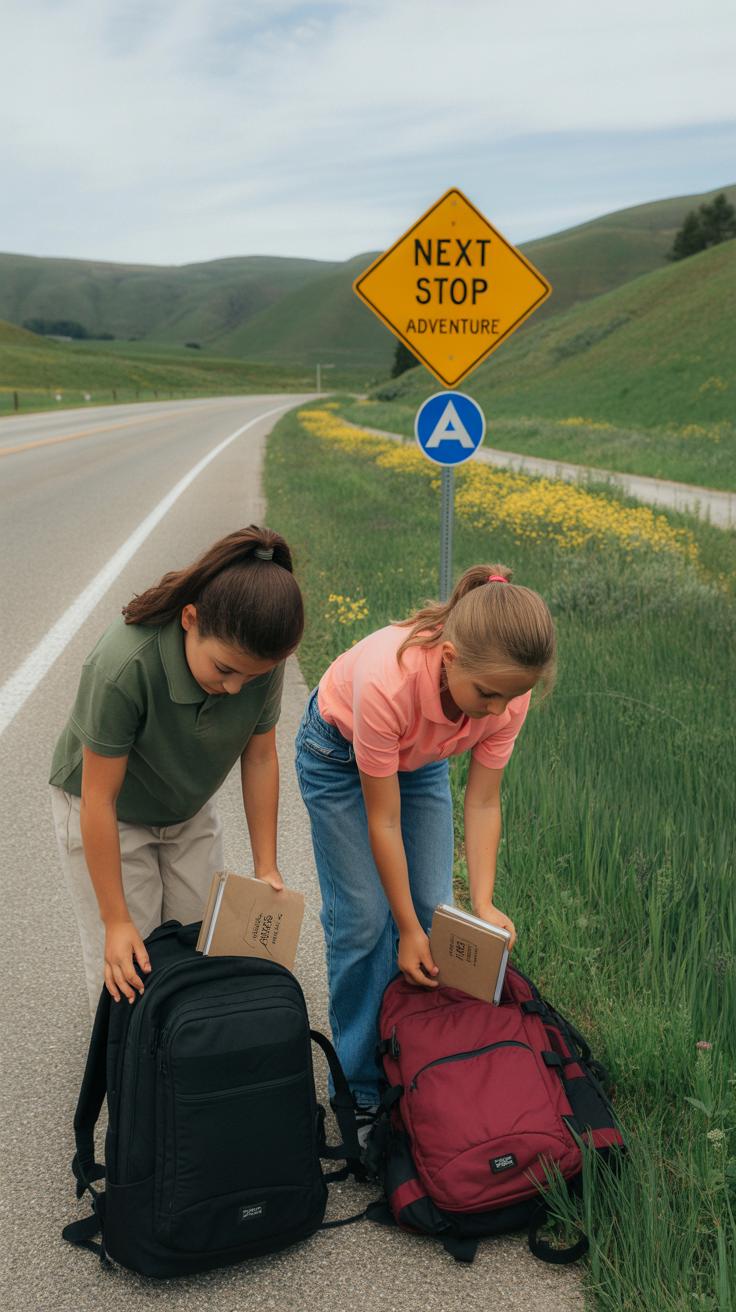
At-Home Scavenger Suggestions
Once camp wraps up, scavenger missions don’t have to end. Families can keep the spirit alive with simple activities that bring everyone together. For example, try a kitchen item hunt—ask kids to find something red, something round, or an object that makes a sound. It’s quick, easy, and can even turn into a little family competition if you want.
Backyard hunts work well too. Challenge kids to spot certain leaves, rocks with unique shapes, or insects. You might be surprised how these tiny missions encourage curiosity about the small details often overlooked. It’s a good way to notice nature without planning a big trip.
These at-home versions don’t need to be complex or long. The key is to keep them playful and flexible, so they fit into regular family time without stress.
Applying Skills in Daily Life
The skills gained from scavenger missions extend far past collecting objects. Observation, for instance, becomes sharper. Kids start noticing patterns and details they might otherwise miss—things that help in school projects or simply paying attention in conversations.
Problem-solving also grows stronger. When a camper puzzles over clues or figures out how to find hidden items, they practice thinking through challenges step-by-step. That approach can boost confidence when facing difficult homework or real-world situations.
You might wonder how well these skills translate. Sometimes it’s subtle—a child might ask better questions or spot mistakes in games or stories. At times it feels like a gradual change rather than a sudden shift. Still, keeping these missions in mind throughout daily life nudges campers toward becoming more thoughtful and resourceful beyond camp’s walls.
Planning for Seasonal and Theme Variations
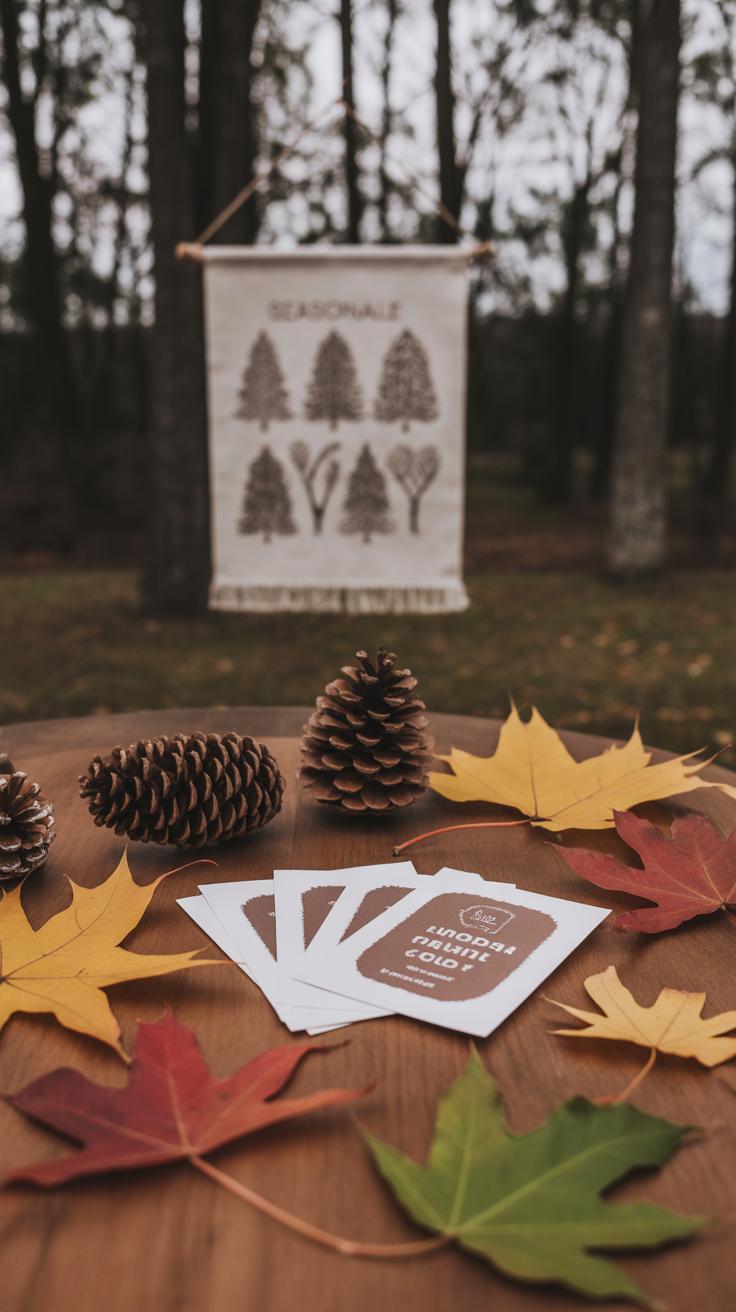
When creating scavenger missions, changing the season or camp theme can really switch things up and keep kids interested. For example, a summer camp might focus on bright, outdoor hunts with clues hidden under leafy branches or near blooming flowers. But come fall, you might swap in tasks involving colorful leaves, acorns, or even spotting certain types of birds that migrate around that time. These seasonal changes aren’t just nice touches—they can make the whole experience feel new and different, even if you repeat the activity each year.
Adjusting scavenger hunts based on weather is just as important. A hot, sunny day calls for shorter routes and plenty of water breaks, while rainy weather might mean moving indoors or simplifying clues to keep safety in mind. I remember once planning a rain-soaked mission where campers had to find everyday objects inside the lodge. It might not have been what I initially imagined, but it still brought a lot of laughs and kept the energy up.
Theme-wise, there’s plenty of room to play. Adventure themes can include treasure maps and “secret agent” style clues. Science-inspired hunts might involve finding natural specimens or completing simple experiments along the way. Arts-based missions could have campers collecting colors, textures, or shapes to create a final group collage. The key’s in tailoring clues and tasks to fit what feels right for your group and setting. Otherwise, scavenger hunts might risk becoming routine, not the fun challenge you want them to be.
Conclusions
Creative Scavenger Missions add value to summer camp activities by combining learning with fun. They encourage campers to be active while practicing teamwork and problem-solving. These missions make the camp experience memorable and enjoyable for children of all ages.
By carefully planning and facilitating these scavenger missions, you can ensure that every camper participates and benefits. Use the ideas and guidance in this article to create a lively and educational camp environment that campers will look forward to every summer.


